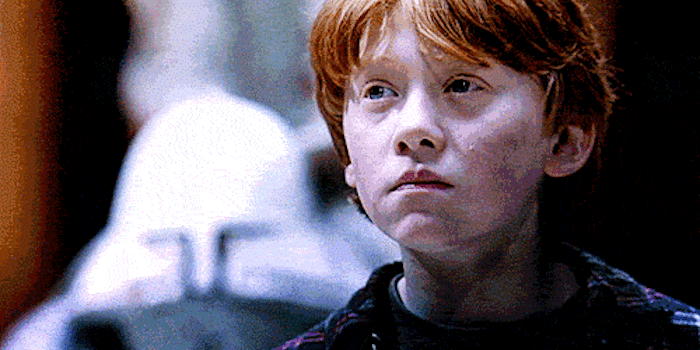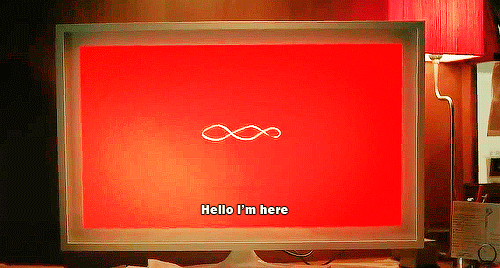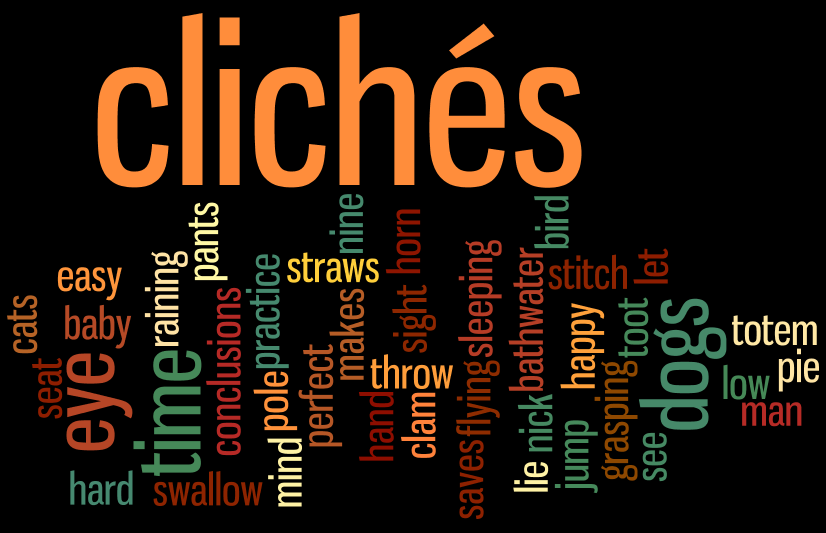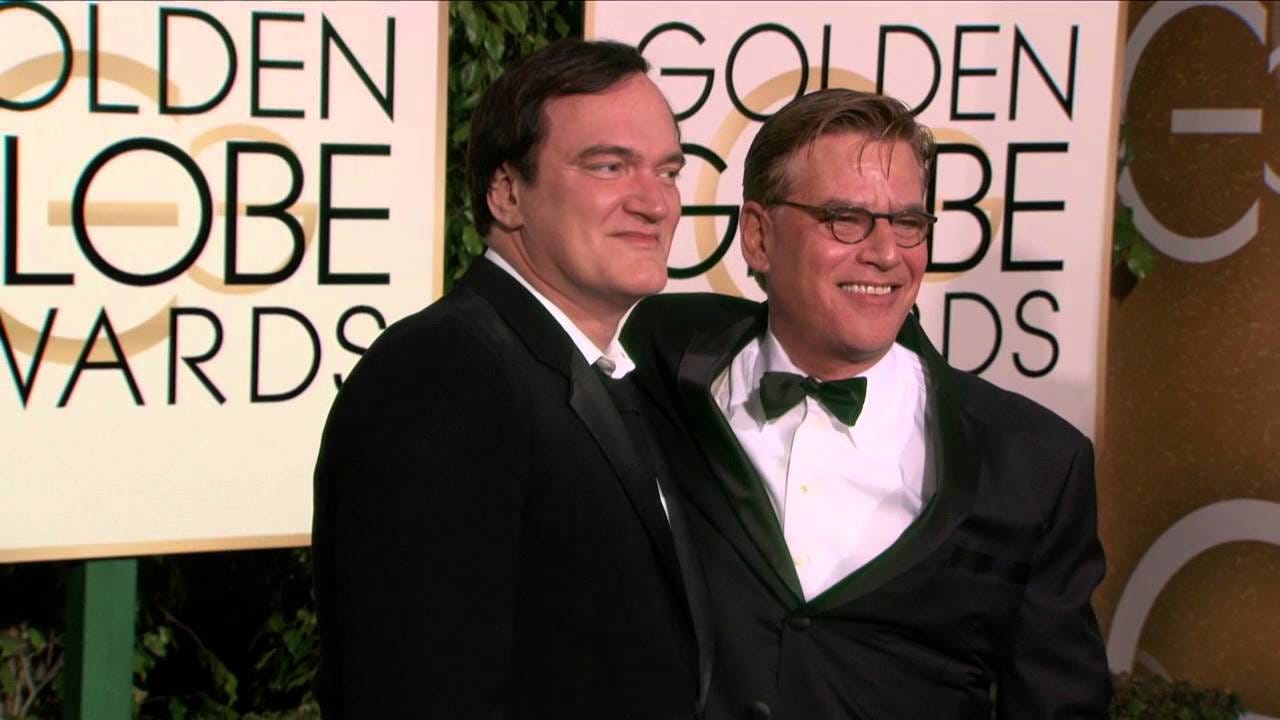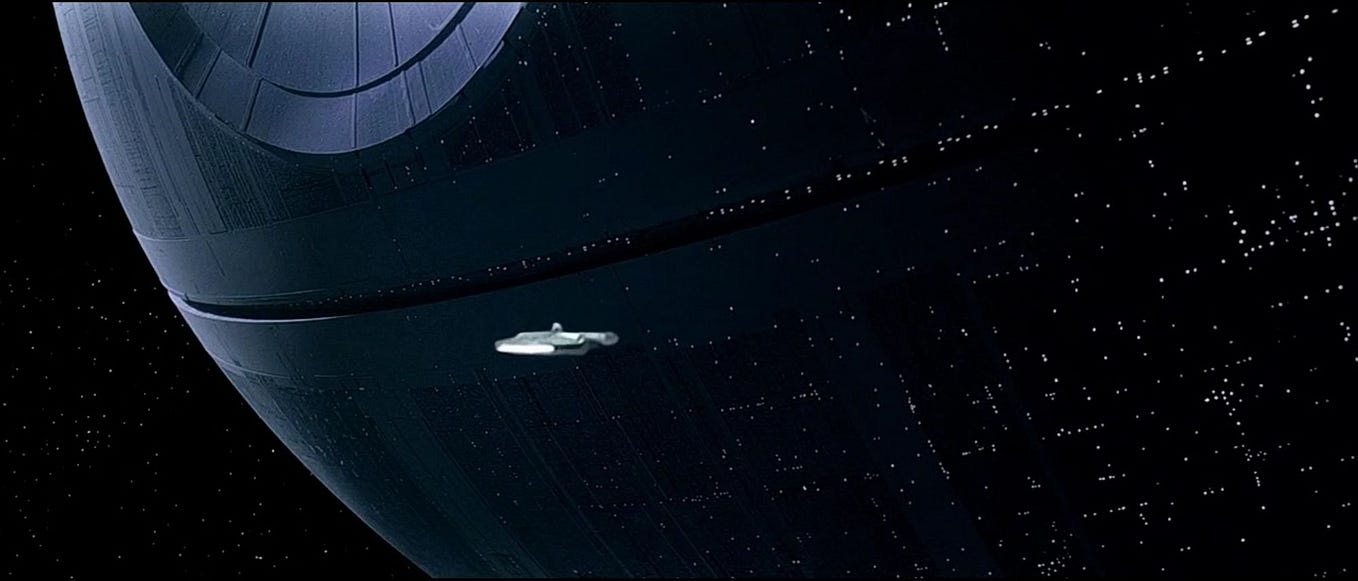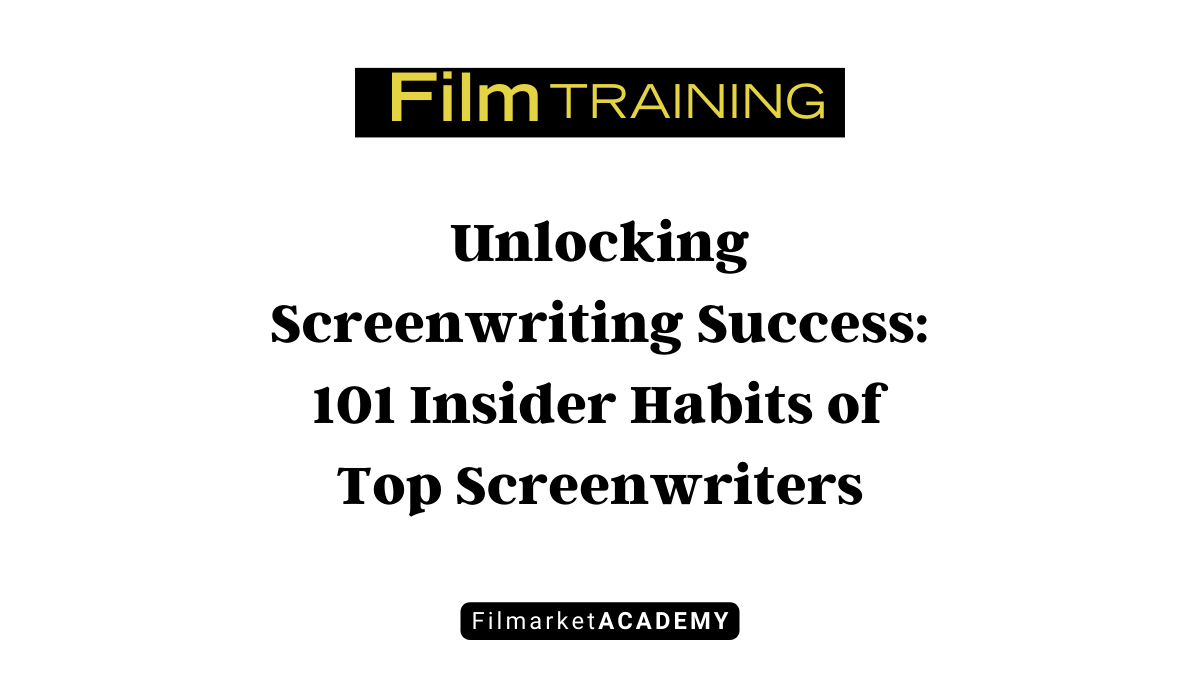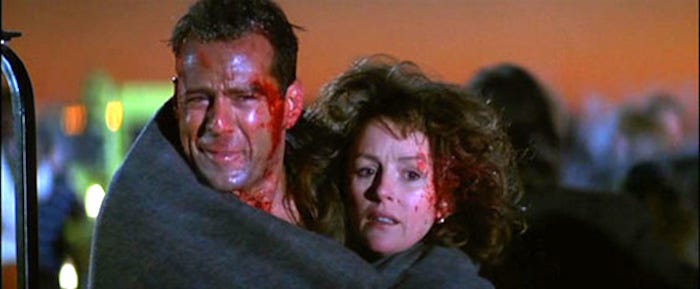How They Write a Script: Ted Tally (“The Silence of the Lambs”)
Ted Tally is yet another screenwriter who started out as a playwright. His film credits include White Palace (1990), The Juror (1996), All the Pretty Horses (2000), and Red Dragon (2002). Tally received the WGA and Academy awards for Best Writing, Screenplay Based on Material from Another Medium for his work in adapting The Silence of the Lambs (1991).
What follows are excerpts from an interview Tally did with Kevin Conroy Scott in the excellent book “Screenwriters Masterclass”.
ON HOW HE PREPS FOR ADAPTING A BOOK INTO A SCREENPLAY
It [a treatment] is about twenty-five or thirty single-spaced pages normally, in paragraph outline, and it has a very conventional three-act structure and it’s my attempt to describe the movie scene-by-scene. If it’s an important movie, I’ll go into some detail about what happens and why. There’s virtually no dialogue in it unless it’s really important to the scene — it’s suggested but I don’t want anybody to pin me down on that. And if it’s a small scene or a sequence of them I might just say “And now there’s a montage” without going into too much detail. But it’s pretty specific; act one, scene one, two, three…
There tend to be eight-to-ten scenes per act, and I reference the book. If I give this kind of thing to a producer or a director, I don’t know if they’ll sit there with the treatment in one hand and the book in the other, but if they care to look, I cross-reference, say, “Scene four of the movie uses pages thirty-five to forty-seven of the book, but with the following changes,” and I will suggest how it will change. It’s already beginning to change from the book by the time it’s a treatment. And then, usually by the time I’ve finished the treatment and maybe done some revision, I’ve absorbed almost everything from the book I’m ever going to. Very often the book is hardly referred to from that point, and the treatment becomes the blueprint for the screenplay. Only if I’m confused about some point or if I really want some bolstering of specific details am I going to go back to the book — or if I want to crib some dialogue. But basically I work off the treatment as I work.
The treatment is really intended as a tool for myself, it’s to reduce the book to a manageable level and to give me the illusion that I have a road map for the screenplay. It never quite works out that way: when you’re writing you’re continually finding out what you thought you needed an didn’t need after all, so you tear out three pages of the treatment, throw them away and do something else, wing it. I wish there was a way of knowing those things in advance; you’d save a lot of time and a lot of heartache. But I can’t, I just have to write my way into it — which you wouldn’t think would be true with an adaptation but it happens anyway.
I said to Jonathan Demme one time [re The Silence of the Lambs], we were talking about cutting a scene and I said, “I worked for weeks on this, we got it polished and you were happy with it. Kristi [Zea] made the set, we got the costumes, the actors there, we shot it. Wouldn’t it be better if we had known in advance that we didn’t need it?” And he said, “If we’d known, it would have been boring…”
ON WHY WRITING THE FIRST ACT IS SO HARD
It’s… just that you’re coming to grips with a story and characters that are not your own and that you’ve got to try to make your own, and that’s just an almost physical struggle until you feel some mastery over it. It may be a world you’ve never lived in or imagined before, it may be science fiction or a western, or something that you don’t really have the dramatic vocabulary for — you’ve faked your way into getting the job and now you’ve got to actually sit down and do it. So that first half of the first act is a tremendous struggle, and those pages get constantly rewritten. But by the time you get to the last part of the act, it goes by in a blur and you hand it in.
ON HIS INITIAL REACTION TO READING “THE SILENCE OF THE LAMBS”
First of all, I just thought it was so smart, so literary and knowing, and not just in a technological, police-procedural, serial-killing way — which Tom [Harris] is extremely knowledgeable about. It’s so knowing about people and human nature and character, and the dialogue is so good. It was “the thriller” raised to literature. And the story is just so unpredictable; to have the twinned killers, two bad guys instead of one, and the whole intricacy of the criminal plot. But, above all, it was the relationship between this young woman and this mad psychiatrist which was not like anything I’d ever seen. Jonathan and I were talking about it and he said, “This is new, dramatically; there has never been a relationship of two main characters like this.”
And then, for reasons I’m not even sure of, I felt very moved, and still do, by Clarice Starling. By her courage and vulnerability — and I probably respond more to courage in a main character than any other quality. She’s in a male world, and she’s a student, and she’s orphaned… I was just deeply moved by her. And Thomas Harris had so artfully worked in mythic underpinnings — it just had this feeling that there’s the orphaned young woman making her way in the world, and there’s the good stepfather in Crawford and the evil stepfather who’s Lecter who are taking on her education. That’s a huge part of the story, in fact it’s the emotional heart of the whole story; her search for a missing father and her attempt to replaced that void which is never going to go away. The whole thing of saving the lamb and being able to save Catherine Martin is all tied up with her inability to save her own father when she was a child.
ON REALIZING HOW MANY RULES THEY BROKE WITH “THE SILENCE OF THE LAMBS”
As it went on and we had more perspective on it making the movie, we gradually began to realize that we were breaking all kinds of thriller rules, not only did we have a woman in the central role but we also had no action until the last half of the third act, we had no car chases. Not only that, but we didn’t even have our heroine in physical jeopardy until almost the very end of the movie. She’s in emotional jeopardy but she’s not in physical danger. It just broke rule after rule after rule in that way.
I didn’t know until later that a bunch of people in Hollywood had turned down the book and some very famous screenwriters had said it was unfilmable. Apparently some thought it was either too dark, or too complicated, or too ugly. I’m glad I was naive enough not to think of it that way, because to me I felt like it was a home run; it was easy, except that it’s an embarrassment of riches. You’ve got a great hero, you’ve got a great villain, you’ve got great dialogue, great twists and turns, a fabulous finale.
ON CONCERNS WRITING THE ENDING OF “THE SILENCE OF THE LAMBS”
In the case of Lecter’s escape, which is the big action sequence in the movie, I thought that we’d really got to get off that. We’re well into the third act and you’ve got to move on. Enough noodling around with the clues, the characters and the audience need a breakthrough. So we were trying to jump forward to the breakthrough.
I’m very anxious because I know as a screenwriter here I’m adrift in the ocean! I’ve just had this great thing with Lecter [his escape] and I know if I can just get Clarice to Gumb’s house, then that’s going to save me. But in between it’s hard. I know it’s going to work, even though it’s kind of very familiar: madman in the basement chasing somebody in the dark, I know it’s going to work.
When I wrote the first draft I was borrowing an office from Robert Benton, the film director and writer, and he knew the book and once in a while I would try to talk to him, thinking that he’d have better ideas than me. He never wanted to talk about it that way. But I did one time sit there moaning about how hard it was, and I said, “You know what? All this work, this whole thing, it just adds up to a madman in a basement chasing a girl, and you’ve seen that a million times — is that going to be enough?” And he said, “That’s what you’ve promised the audience, that’s what it sets up for two hours so you’ve got to deliver that whether it’s been a million movies or not, that’s what you’ve promised.” The two characters have been coming to this collisions for the entire movie. And yeah, it’s a madman in a basement but the night-vision goggles will help.”
Jonathan was told once by Roger Corman, “The scariest shot in all of movies is the camera approaching a closed door, that you know somebody’s got to open it. The anticipation is much scarier than anything, it’s the most terrifying shot in the movie, it’s not expensive, it’s not special effects.” So that scene uses this theory with a vengeance. I like how chaotic it is, it’s just neither Clarice nor Catherine [Buffalo Bill’s kidnap victim] is in control, they’re just upset and they’re angry, neither one of them has a clue, they don’t know what they’re doing. It’s a long way from an Arnold Schwarzenegger action sequence.”
ON WHY THEY DROPPED A THIRD FLASHBACK IN “THE SILENCE OF THE LAMBS”
I could see that if we were going to have flashbacks, they should culminate, there should be some climactic thing, and we should see the child Clarice encountering the slaughter of the lambs and trying to save one of them. Jonathan was willing to shoot them, it was going to be the last thing we shot as we had to wait for the lambing season in spring, and it was going to cost a million dollars to set up the whole thing. Then Jonathan shot the scene where Clarice tells Lecter about the killing of the lambs. He sent the dailies to me and said to watch them and give him a call. So i watched these performances, and they were extraordinarily powerful, and Jonathan, said, “How can I cut away from these performances to a flashback? It’s all there : she’s [Jodi as Clarice] telling us the entire story in her face, in her words, we don’t need to see it as well.” He said it’s just primary rule of filmmaking that if you can show it instead of telling it, you show it, but don’t show it and tell it. He was right, but it was scary to me.”
Here is Ted Tally in conversation at the 2015 Austin Film Festival Screenwriters Conference:
For more How They Write a Script articles, go here.

